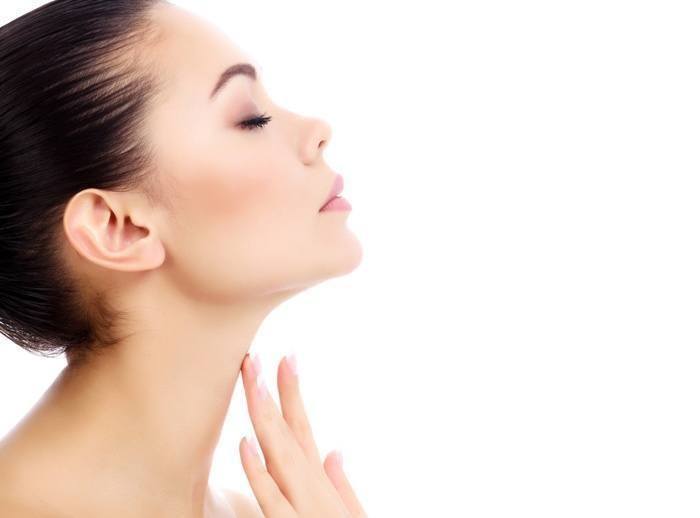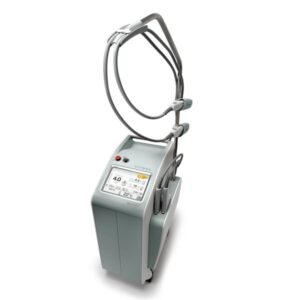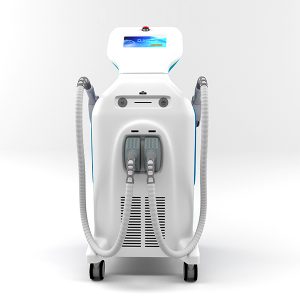Active acne
Active acne, also known as Vulgaris acne, is an inflammatory skin disease that mostly affects adolescents and young adults, although it may affect people of all races and ages. The prevalence of active acne in people coincides with puberty and often occurs due to elevated levels of testosterone. Excessive secretion of sebum, a fluid that prevents the skin from drying out, may also cause active acne on the face.
Vulgaris acne mainly affects people aged 11-30 years and in some cases, it lasts up to 40-50 years old. Lack of timely treatment of Vulgaris acne may cause it to develop on the chest, back, and neck in addition to the face. Active acne may cause scars on the face, but it is not dangerous for the body. The effects of acne scars and damage to the skin are permanent.
Comprehensive guide to acne and pimples:
Active acne can be divided into different types based on their shape, bumps, and symptoms. Their treatment varies depending on the type and condition of the disease. Here are some common types of acne and pimples:
Blackheads
Blackheads, also called comedones, often appear on the nose. The open comedones that grow on the skin are slightly bumpy but cause no pain.
Blackheads are clogged pores in which dead cells and oil have accumulated. When the melanin in hair follicles is exposed to oxygen at the top of an open comedone, it oxidizes and turns dark. This is why blackheads have a dark appearance. Blackheads may occur on any skin type but are more common on oily skin.
Excessive sweating of the skin, not cleaning cosmetics, high skin oil, and stress are other effective factors that may cause blackheads on the skin.
Cystic Acne
Cystic acne is a serious type of acne that is noticeable on the skin in the form of large, red bumps. Cystic acne, which looks like a pimple, is painful and full of pus. Due to the difficult treatment, home remedies are not effective in the treatment of cystic acne and it requires a physician’s expertise.
Unlike pimples, which go away with a few days, cystic acne may remain on the face for months or years. Although cystic acne often appears on the face, it can also occur on the shoulders, neck, chest, and even the back of the arm.
Although most people with cystic acne are adolescents or young adults, any age group may be exposed to cystic acne. Pop of the cyst open on the face may cause permanent damage to the skin or severe darkening.
Nodular Acne
Nodular acnes appear on the skin and are painful and inflamed; Nodules are felt when touched and are located deep in the skin. Nodules have no visible center and form when pores become clogged, open into deep skin tissues, and damage them. Nodules do not respond to over-the-counter medications and home remedies. Nodular acne should be examined by a doctor to prevent permanent damage to the skin and the formation of scars or even blemishes.
Papules
Papules are another type of active acne, which appear as small pink bumps on the skin. Papules are sensitive to touch and are slightly bumpy. These pimples have no visible center, but can be removed with most acne treatments with no prescription. If a patient has a lot of papules on his/her face, s/he should consider it as a sign of moderate to severe acne and seek a stronger treatment than over-the-counter medications.
Pustules
Pustules are larger and more sensitive than papules, and their center is filled with white or yellow pus. This pus is often made up of immune and bacterial cells and, if removed unripe, may cause permanent damage to the skin or darkening it.
Whiteheads
Whiteheads are similar to blackheads and do not cause inflammation or pain. Whiteheads occur under the skin because pores on the skin become clogged and prevent the follicles from being exposed to the air.
The Most Effective and Definitive Treatments for Active Acne:
There are various treatments for active acne one of which is to use homemade masks. Most patients use masks and natural and home remedies to remove non-inflammatory and mild pimples. Honey, lemon juice, potato, cucumber masks, as well as face steaming are some of these natural methods.
Although homemade masks refresh the skin and balance its oil, they are not a powerful and effective way to get rid of acne. Rather, clinical treatments can affect blackheads, pustules, nodules, and all types of active acne. Your physician will examine your acne, diagnose its type and, depending on its severity, suggest the appropriate treatment. The treatment methods offered by high-level clinics for skin rejuvenation and treatment of active acne are as follows:
Microdermabrasion:
Microdermabrasion is a non-invasive exfoliation treatment that gently removes skin dullness and dark spots left by acne.
Special Skin Products:
Dermatologists recommend the use of skin care creams and gels at any age. Facial cleansing gels, exfoliators, and moisturizers are some of the special products recommended by the dermatologist.
Exfoliation:
First, your physician will examine your skin to suggest exfoliation according to your skin. S/he will then use physical or chemical exfoliation to treat the skin.
Medication:
In rare cases, active acne can be treated with antibiotics prescribed by a general practitioner or dermatologist. But medication and antibiotics alone have little effect on most patients. The patient may even experience some side effects.
Low-Power Lasers:
Destructive and non-destructive lasers are often used to remove pimples and acne scars. The destructive laser melts the damaged layer and tightens the collagen under the skin. The destructive laser needs a longer recovery period due to its effect.
The non-destructive laser is less effective and has a shorter recovery period. This laser does not remove the damaged layer but increases the production of collagen.
Some care tips for people with active acne:
- Avoid squeezing the pimples.
- Wash your pillowcases and sheets once per week.
- Avoid hot weather. If you have to go out, use special sunscreen, hat, and sunglasses.
- Include exercise and mobility in your schedule.
- Avoid caffeinated and carbonated beverages.
- Disinfect your smartphone with alcohol from time to time.
- Change your diet and do not forget to eat fresh vegetables and fruits.
AFA specialized products for the treatment of active acne:
In this article, we thoroughly reviewed the treatment of active acne. Using lasers and modern technologies is one of the best ways to get rid of active acne. Aftab Forouzan Aria Company, with two decades of experience in supplying medical products, has provided the best devices for specialized clinics to remove active acne. Physicians, specialists, and specialized beauty clinics can contact AFA to purchase specialized devices. Contact Aftab Forouzan Aria with No. 02188107070.





